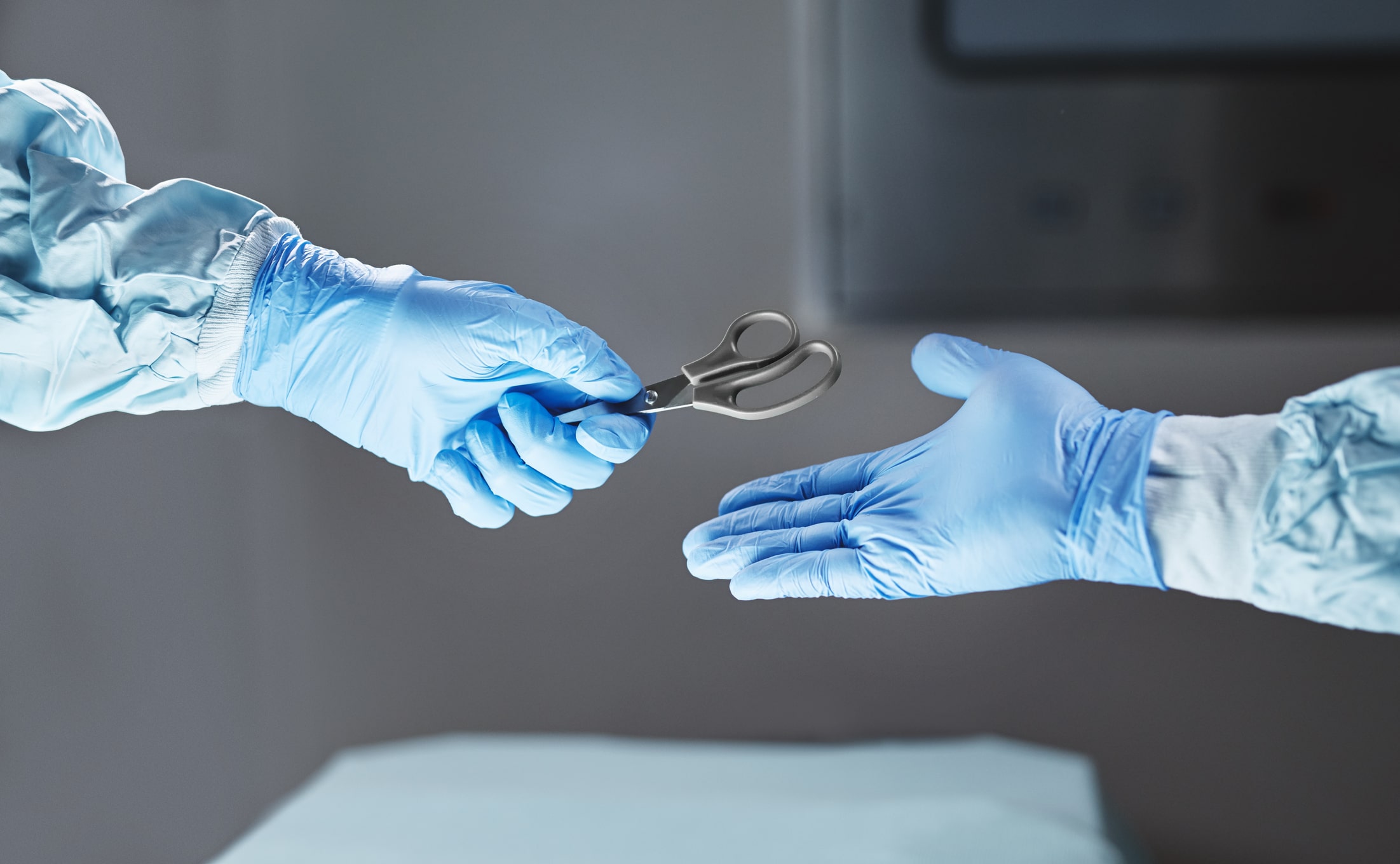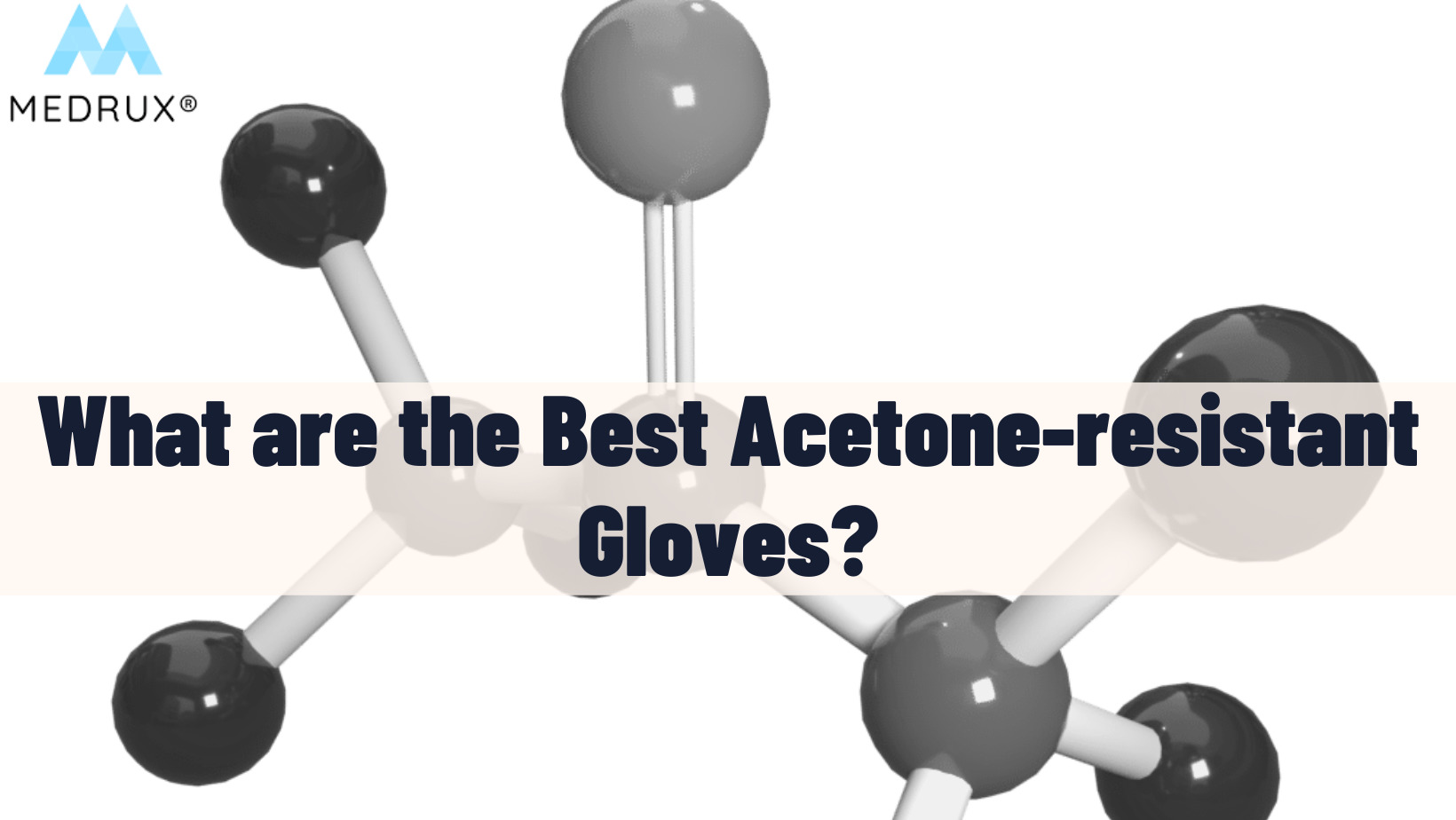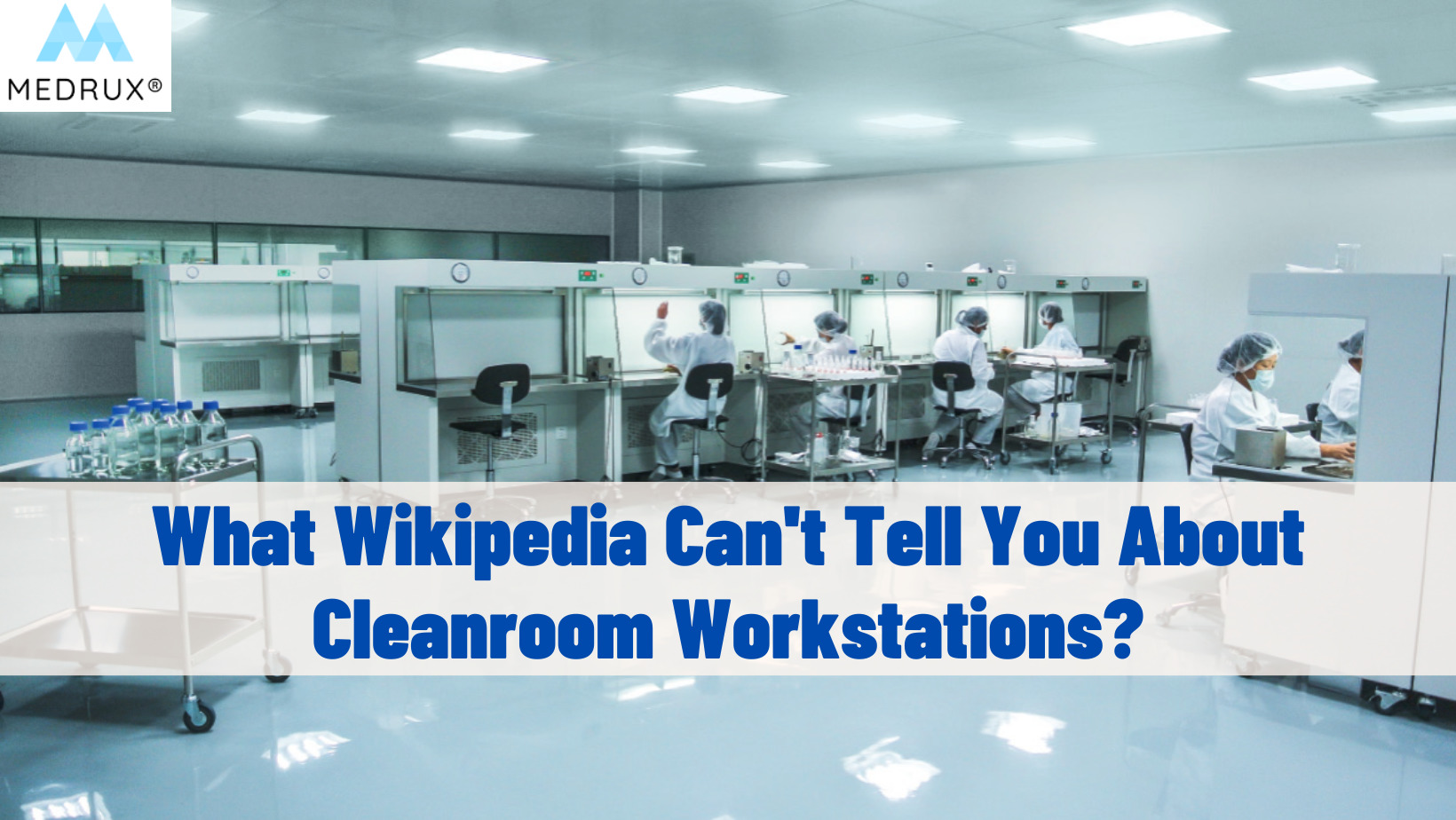Thanks to science and scientists now we know a lot about our surroundings and our environment.
We know that a wide range of industries requires a controlled environment with rules to avoid unnecessary incidents, contamination, or low-quality products.
If you work in manufacturing electronics, pharmaceutical compounds, or medical equipment, you have come to the right place.
Because today we are going to talk about cleanrooms workstations.
What are they? Who uses them? Why use them? What equipment to use in a cleanroom workstation? And so much more in our comprehensive guide here in this article. So, first things first:
What are cleanrooms workstations?
As per the ISO standard definition, a cleanroom is a room within which the number concentration of airborne particles is controlled and classified and designed, constructed, and operated to prevent the introduction, generation, and retention of particles inside the room.
What does that mean?
It is a controlled environment where pollutants like dust, microbes, and airborne particles are not allowed in by filters to provide the cleanest area possible.
Most cleanroom uses are for manufacturing products such as electronics, pharmaceutical products, and medical equipment.
A cleanroom can be classified into different levels that depend on the amount of pollutants particles allowed per cubic meter.
There are also different types of cleanroom workstations depending on who uses them, what industry they are used for, or even the kind of ventilation this room provides.
Cleanrooms also provide the ability to control temperature, airflow, and humidity.
How do cleanrooms work?
Generally speaking, clean rooms work to remove pollutants, particles, and contaminants that are usually present in the air.
Outside air is first circulated to a filter system. The filters (HEPA or ULPA) then clean and decontaminate this outside air. The filtered air is then forced into the cleanroom.
What are the components of cleanroom workstations?
Depending on the industry, you may find additional or fewer components.
But here are the most crucial ones:
-
Laminar flow workstation
HEPA or ULPA filters filter the air to specific areas in the workstation.
The air circulation system is an essential aspect of your cleanroom workstation.
In some cases, cleanroom designers apply negative pressure to prevent contamination from entering the cleanroom workstation when the door is opened.
-
Pass thru cabinets
These cabinets offer cost-effectiveness by saving time to move objects throughout the controlled environment quickly.
-
Air showers
The function of the air shower is to remove any particles that may be present on the active personnel before they enter the cleanroom workstation.
-
Airborne particles counter
These counters detect particles that may be as small as 0.1 microns to ensure optimal cleanroom workstation performance.
-
Vinyl curtains
They separate the area into segments within the cleanroom workstation. They have many different styles and sizes for each different cleanroom workstation.
There is also other cleanroom workstation equipment that is not attached to the walls, floor, or ceiling; some of them are:
-
Shoe cleaners
Automatic shoe cleaners have two types of vacuums, either external or built-in.
They may also include HEPA filters. They can be in the cleanroom workstation or connected to an external collection system.
Some unique shoe cleaners are UV disinfectant that uses germicidal light to get rid of microorganisms that may be present on the shoe soles. Here is our comprehensive guide if you need to know about shoe gloves.
-
Contaminants hoods
They are pressurized units with HEPA filters.
They have ducting system to an external exhaust system. It works by pulling air away from the operator using a fan installed inside the hood.
They are designed mainly for pharmaceutical compounds and measuring drug doses. They are available in sizes from 2 feet up to 4 feet. You can adjust the fans as needed. You can change the fans as needed.
-
Desiccator counter
They are enclosures that contain nitrogen gas.
Its primary function is to prevent any possible reaction between moisture on sensitive material and humans in the atmosphere. It is a container that contains drying agents.
-
Particle counters
Airborne particle counters are the essential equipment needed to monitor and diagnose the presence and the source of contamination in cleanroom workstations.
These counters are either optical particles, which measure the number of particles passing through light, or condensation counters, which measure wonderfulicles that optical counters can not measure.
To evaluate your workstation’s components, you need to consider these factors:
-
Durability
Can you use these components and rely on them for a long time?
-
Functionality
What is the function of each component in your cleanroom workstation? Do you need it, and do you know how to use it?
-
Cost-effectiveness
Is your component cost-effective? Do you meet the construction budget and see satisfying results?
Who uses cleanroom workstations?
A company may need to use a cleanroom for a wide variety of reasons.
If you’re manufacturing something that might be affected by contaminants or particles in the air, then it’s likely that you’ll need a cleanroom.
Here are a few common reasons you might need a cleanroom and some common industries that regularly use cleanrooms:
-
Aerospace industries
In the aerospace industry, cleanrooms are handy for conducting experiments and creating certain items like space flight lasers.
And that is because such sensitive tasks require a controlled environment away from dust or contamination.
As such, contamination can mess with the accuracy of space flight lasers, for example.
To understand how dangerous this is, you need to know the uses of space flight lasers, which charge batteries and vaporize debris in our earth’s orbit.
-
Biologists
When scientists or biologists conduct their experiments and studies, they might have to deal with biohazard materials.
The role of clean rooms here is to protect the outside from harmful biological agents within these cleanrooms.
Cleanrooms specific for biological research and experiments often have natural safety cabinets that protect scientists while they handle harmful agents.
-
Compounding pharmacies
Due to the use of chemicals and compounds, this field requires cleanroom workstations.
Compounding pharmacy involves mixing and producing drugs specific to every patient’s unique case.
For this reason and due to the sensitivity of such a process, it is necessary to have a clean, controlled environment.
-
Isolation rooms for hospitals
Isolation rooms have the negative pressure feature that we mentioned earlier.
It is required to prevent contamination particles from sneezing, coughing, or breathing from traveling from the isolation rooms to the outside.
They also have an alarm to detect any change in the pressure. They mostly use HEPA filters that remove dust, mold, bacteria, and fine particles.
-
Medical device manufacturing
These cleanroom workstations control airborne particles and microorganisms. They should undergo regular checks for the number of bacteria present on their surfaces.
-
Military
The military uses cleanroom workstations to study and develop future technology systems, from creating protection barriers to several training programs requiring a controlled environment.
-
Nanotechnology
From manufacturing semiconductors to fuel cell manufacture, nanotechnology is the future of all industries and all applications in our lives.
As vast of a science as it is, indeed, there are multiple uses for cleanroom workstations in this field.
Nanotechnology cleanroom workstations have a wide range of uses.
For example, manufacturing nanotech solar cells offers sustainability initiatives in this day and age, where it is essential to search for sustainable energy sources to protect our environment.
-
Optics
The manufacturing of high-end professional camera lenses and sensitive modern smartphone lenses also requires a controlled environment with strict particle-free control, humidity control, and temperature control, as it is a susceptible task to achieve.
Here comes the role of cleanroom workstations that offer control over environmental conditions within the room to fit the unique needs of this field.
-
University and research facilities
Cleanrooms offer the controlled environment required to conduct experiments and studies.
As in most experiments, all variables that may affect the accuracy of the investigation must be removed, as a tiny variable that is uncounted for can ruin the whole experiment and mess with the results.
What are the classifications of cleanroom workstations?
Rooms classify as cleanrooms when they meet the standard established by the ISO. It is the foundation of internationally followed principles.
-
Class 100 cleanrooms
For a room to be classified as such, a class 100 cleanroom should never exceed 100 particles per cubic foot.
These particles are 0.5 microns or larger.
The materials these rooms use in the walls are mainly white acrylic, stainless steel, regular steel, polycarbonate, or aluminum.
-
Class 1,000 cleanrooms
For a room to be classified as such, the cleanroom workstation should not have a higher concentration of airborne particles than 1000 particles per cubic foot.
Some of the applications of class 100 cleanrooms are inspecting, patterning, and integrating tools like non-contract profilometry, thin film deposition, and laser micromachining.
Class 1000 cleanrooms are integrated into many industries, including pharmaceuticals, medical, electronic, food processing, and scientific research, as these applications are pretty diverse.
-
Class 10,000 cleanrooms
To be classified as such, class 10,000 cleanroom workstations should never have a concentration of airborne particles that exceeds 10,000 particles per cubic foot.
In this class, the air in the room changes 40 to 60 times per hour to continuously filter the air so that tiny particles do not interfere with whatever sensitive procedure is ongoing in the room.
So, these were the classifications of cleanrooms according to ISO.
But are there types of cleanroom workstations?
Here are the three most common types of cleanroom workstations
-
Hard wall cleanroom workstations
This type of cleanroom complies with any of the classifications we discussed earlier.
This type can be either incorporated in a building or simply freestanding.
Manufacturers make these cleanrooms workstations using a coated aluminum frame with a prefabricated panel.
Also, they offer great environmental control like particle count, air changes, and even more like managing temperature, humidity, and static.
Moreover, hard-wall cleanroom workstations comply with different industries’ specifications and requirements.
Some of these are medical cleanrooms, research cleanrooms, aerospace cleanrooms, and electronic manufacturing cleanrooms.
Also, you can easily reconfigure or modify them by adding or removing panels. You can re-use them, relocate them or change them to fit a completely different use.
-
Rigid wall cleanroom workstations
This type of cleanroom is suitable for less strict industrial requirements.
They offer flexibility to make necessary modifications to the design of the room.
Rigid wall cleanroom panels are usually acrylic, PVC, or polycarbonate wall panels. They can be transparent, sleek, or minimalistic.
These features allow easier monitoring of the cleanroom workstation. This type of cleanroom is the perfect representation and frame for your work.
Rigid wall panels allow you to customize them up to 14 feet in height. They also offer switches to control lightning and fans. Moreover, they are relatively easy to maintain and store if needed. Furthermore, they are relatively easy to maintain and store if required.
Also, this type of cleanroom is the perfect choice for automotive cleanrooms, plastic cleanrooms, and even aerospace cleanrooms.
-
Soft wall cleanroom workstations
This type of cleanroom is minimalistic and lightweight.
They can also comply with almost any room standard. You can customize them as you want. They also offer a variety of filtration options and many other modifications.
Soft wall cleanroom workstation design is compact, so you can integrate them into any part of your facility.
The frame is aluminum alloy foil, with transparent or opaque vinyl curtains surrounding the perimeter, and there is also the option of antistatic or conductive PVC or polyethylene.
Moreover, customized sizes should be available for your needs.
Even more, soft wall cleanrooms are an affordable, easy-to-assemble, and maintain option.
Another way you can classify cleanrooms workstations is according to the type of ventilation systems they have, so
Types of cleanrooms workstations ventilation systems:
According to their ventilation method, cleanroom workstations now fall into one of the two categories.
These two methods are turbulent ventilation and unidirectional flow ventilation, mainly known as Laminar flow ventilation systems.
-
Turbulent ventilation cleanroom workstations
Turbulently ventilated cleanroom workstations receive filtered clean air through air diffuses that are mainly present in the ceiling. This clean air then mixes with the room air and removes airborne contamination.
This process happens through air extracts located at the bottom of the walls. The air changes happen 20 times per hour; this is significantly greater than in standard rooms, such as offices.
In this type of cleanroom, the contamination from working personnel and machinery mixes with the supply of clean filtered air and is then removed.
-
Unidirectional flow ventilated cleanroom workstations.
You can find high-efficiency filters across a whole ceiling or sometimes walls in different systems in this cleanroom workstation. These filters supply the room with clean, fresh air.
This air sweeps across the room unidirectionally at a speed of around 0.4 m/s and exits through the floor. This process removes the airborne contamination from the room.
This system uses more air than the turbulent ventilated cleanroom.
But because of how specific the direction of the air movement is, it minimizes the spread of contamination across the room and sweeps it out through the floor.
Clean air devices, such as unidirectional benches or isolators, offer both turbulent and unidirectional ventilation in the cleanrooms.
These machines give a localized supply of filtered air and enhance air conditions where required, for example, in the area where the product is open to contamination.
How can the user keep the cleanroom ‘clean’?
To understand the meaning behind asking this question, you need to know that anything or anyone you bring from the outside to the room itself can release pollutants and particles into the inside of the room.
So to keep your cleanroom clean, we offer some suggestions:
-
Gowning
Anyone who enters clean rooms must wear protective clothing.
There is no way to prevent people’s hair from falling or dead skin cells from flaking.
The only way to control this is by wearing protective clothing. It varies depending on each room’s class. It can be a gown and gloves or a full-body suit with masks and goggles.
-
Furniture
You can not use regular furniture in cleanrooms because it emits particles as is.
So there is a particular type of furniture explicitly manufactured for clean rooms. For example, the table can not have any joints or creases as it is an effective way to collect dust.
-
Flooring
For protection against foot-borne and wheel-borne particles and contaminants, sticky floors are the answer.
Not sticky mats, sticky flooring. As it is more durable and practical. If you properly clean it and take care of it, it lasts up to 5 years.
-
Air shower
Air showers blow off particles that might be stuck to the people who enter the room.
Using them in conjunction with the gowning room would offer double the protection and ensure that these particles are eliminated from the workers before entering the room.
Now, to be more detail-oriented:
What is the gowning technique before entering cleanrooms?
It is your responsibility as an employer to ensure that proper gowning techniques are followed and applied by your employees.
As clean rooms require special maintenance in the grand scheme of things, gowning is the most basic way to maintain your cleanroom up to the desired standard.
First of all, gowning has a specific area called the gowning space.
This gowning space has a dressing area and a cleaner place to get dressed. Employees should know the different uses for different sizes and their boundaries.
The ten steps of gowning are:
-
Remove accessories
Do not wear perfumes, hair gels, or any cosmetics before you go to work if you are going to enter a clean room. These things keep emitting particles throughout the day as you move around.
Remove jewelry, hair clips, or any personal items on yourself before you start owning them.
-
Take off your shoes
Change your outside shoes before going in. These shoes carry all sorts of particles, dust, and dirt that they collect for your work. It is better to take them off before you enter the gowning area.
-
Enter the gowning area
Now, you are ready to enter the gowning area after the past steps.
You will start in the getting dressed part of the gowning area. You will begin by wearing your first set of gloves to eliminate contamination of gowning clothes. Always remember to gown from head to toe.
-
Put on your bouffant.
A type of hair cover. Make sure your hair is covered inside the bouffant before you move on to the next step. While you do that, ensure only to touch the inside. Depending on the room standards, you may also have to wear a hood.
-
Put on your coveralls.
They may come in one piece; in that case, you should start with your feet and then move upwards.
If they come in two pieces, you start with the top, sit down, and then put on the bottoms. Beware not to let your coveralls touch either the floor or the walls.
-
Put on boots or shoe covers.
After you finish wearing your coveralls, you should sit down and put on your shoe covers. Make sure to tuck your pants inside the shoe covers. And then step into the cleaner area.
-
Put on your goggles and shield.
This step also depends on the level of your clean room. As some rooms do not require this step, if so, then you can skip this step.
-
Put on your final pair of disposable gloves.
Now you should remove your first pair of gloves and put on the second ones you will be working with inside the clean room.
What should you know about cleanroom workstation gloves?
One of the basic standards in cleanrooms is that wearing gloves is mandatory.
How to choose the right glove for you?
First of all, cleanroom gloves are pretty similar to examination gloves. They are disposable sterile gloves, mainly latex, nitrile, or even vinyl gloves.
And if you or your employees are allergic to latex, here are the best options for latex gloves.
Moreover, these gloves have to fulfill FDA guidelines. They are robust and sensitive to offer the ability to do sensitive tasks.
Here are some tips that can help you choose suitable gloves:
-
Check the material of the glove
As mentioned earlier, we mainly use latex, vinyl, or nitrile gloves.
On the other hand, fabric and cotton gloves only offer moderate protection. Aluminized gloves are heat resistant, so they are helpful for tasks that involve handling high-heat environments.
While kevlar gloves offer both heat resistance and tear resistance.
-
What is your task type?
Cleanrooms have many applications, and they are involved in many industries.
That’s why knowing what you will be working with and the environmental conditions you will be working under can be a significant factor in choosing the right gloves.
-
The OSHA requirements for your task
As a part of the OSHA mission, it adopts many PPE laws concerning employees’ safety.
-
The ANSI/ISEA 105 guidelines
This organization provides classifications and testing of hand protection for mechanical use, chemical use, and other functional properties that involve hand safety for workers in different fields, like jobs with electrical hazards.
To sum it up,
Many industries and fields now follow strict regulations to ensure high-quality products or protect the consumer and the employee from the dangers of infection or cross-contamination.
Cleanroom workstations are a whole field with many aspects to know and study.
If you need to install or don’t know if you need to install a cleanroom workstation for your business, you should study the requirements for your job as well as learn what different cleanroom workstations offer you and how you would be able to get the best out of the right one for you.
We hope we can provide you with a comprehensive guide on them.
And as always, stay safe, and tell us in the comments if you have any questions or if there is anything we can help you with. We would be more than happy to help.
Hajar Nagdy is a microbiologist and a lecturer. Nagdy holds a Bachelor’s degree in the fields of microbiology and environmental sciences, and she is now a M.Sc. candidate in microbiology. In her free time, she can be found listening to classical music, reading interesting scientific articles, running a charity, or traveling across Europe.








